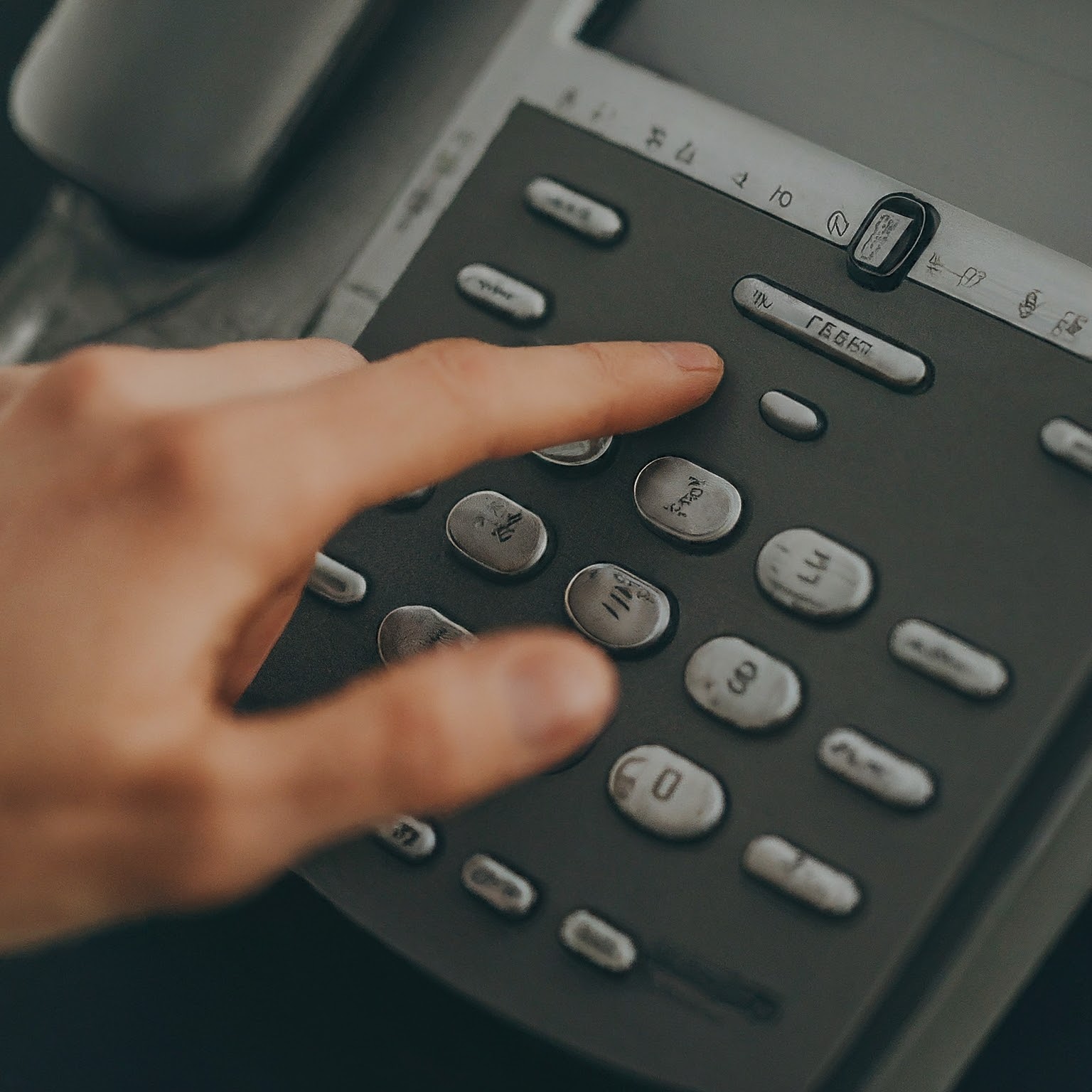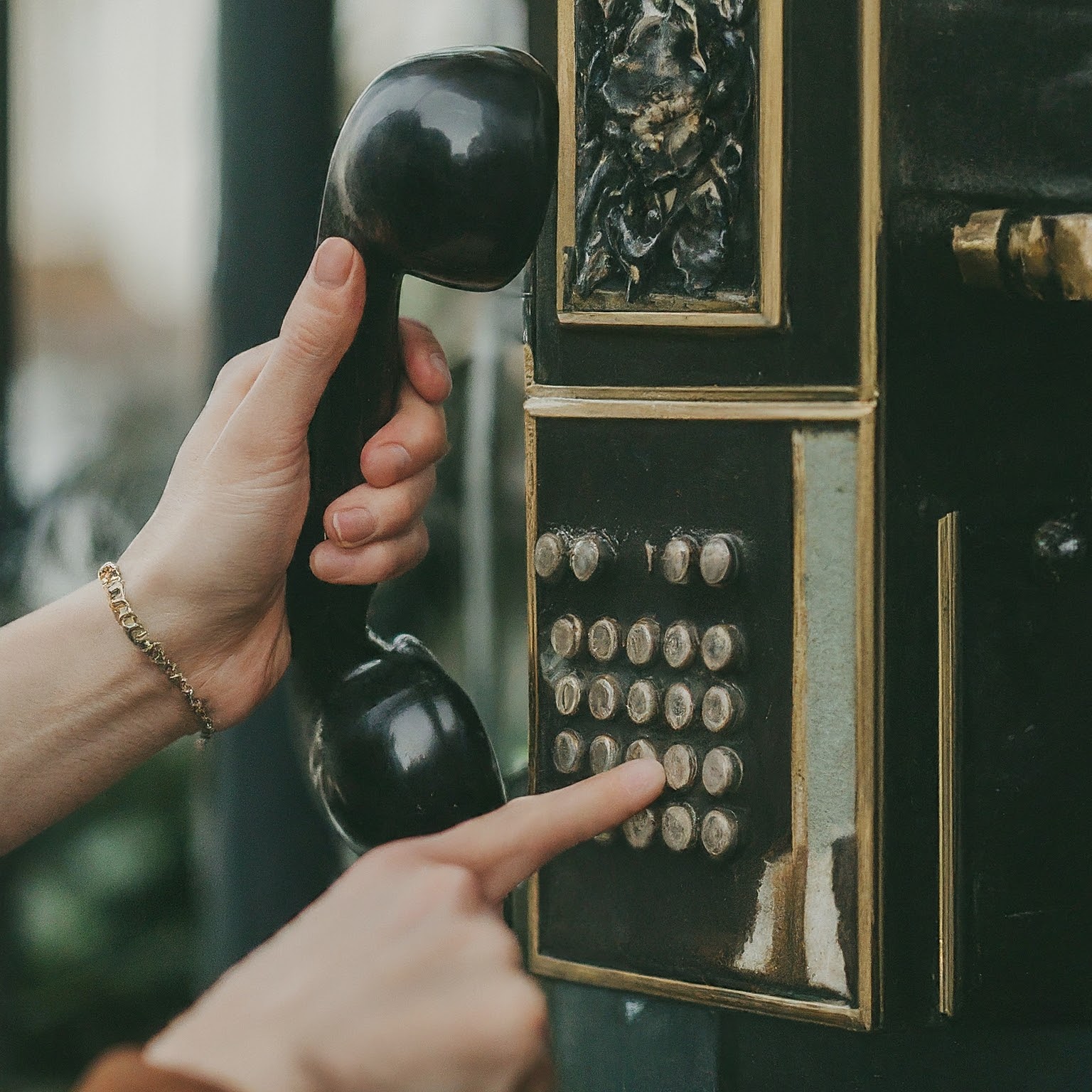Understanding the Basics of International Calling: How to call international? might seem daunting at first, but with a clear understanding of the fundamental components involved, it becomes a straightforward process.

Key Components of an International Call
- Exit code: This is the number you dial to access the international network. It varies by country. For instance, in the US, it’s 011.
- Country code: A unique number representing a specific country. For example, the US country code is 1.
- Area code: Identifies a geographic region within a country.
- Local number: The specific phone number of the person you’re calling.
Dialing an International Number: A Step-by-Step Guide
To make an international call, follow these general steps:
- Dial the exit code: This is the first step to connect to the international network.
- Dial the country code: This specifies the country you’re calling.
- Dial the area code: If required, dial the area code for the specific region.
- Dial the local number: Input the phone number of the person you want to reach.
Example: To call a number in London, UK, from the US, you would typically dial: 011 + 44 + area code + local number.
Factors Affecting International Call Costs
The cost of an international call depends on several factors:
- Your location: The country you’re calling from.
- Destination country: The country you’re calling to.
- Time of day: Peak hours usually have higher rates.
- Call duration: Longer calls typically cost more.
- Your phone plan: Some plans offer international calling benefits.
Cost-Effective International Calling Options
To reduce costs, consider these alternatives:
- Voice over Internet Protocol (VoIP): Services like Skype, WhatsApp, and FaceTime offer affordable international calling.
- International calling cards: These prepaid cards provide discounted rates.
- Phone plans with international calling features: Some carriers offer plans with inclusive international minutes or reduced rates.
Troubleshooting Common International Calling Issues
If you encounter problems, try these troubleshooting tips:
- Check the number: Ensure you’re dialing the correct number, including the exit code and country code.
- Verify your account balance: Make sure you have sufficient funds or minutes for the call.
- Test your equipment: Try making a domestic call to check if your phone is working correctly.
- Consult your carrier: Contact your phone provider for assistance.
International Calling Tips
- Save frequently called international numbers: Store them with the full dialing code for easy access.
- Consider time zone differences: Avoid calling at inconvenient times for the recipient.
- Learn about international calling etiquette: Be aware of cultural differences in phone conversations.
International Calling and Mobile Phones
Most modern smartphones simplify international calling. Here’s how:
- Automatic country code detection: Many phones automatically detect the country code based on your location.
- Wi-Fi calling: Make calls using a Wi-Fi connection, even without a cellular signal.
- VoIP apps: Utilize apps like WhatsApp or Skype for affordable calls.
International Calling from Landlines
Landline international calls typically follow the same dialing format as mobile phones. However, some providers might have specific requirements or access codes.
International Calling and Prepaid Phones
Prepaid phones often have restrictions or additional charges for international calls. Check your carrier’s plan details.
International Calling and Satellite Phones
Satellite phones are primarily used in remote areas with limited cellular coverage. They generally have higher costs for international calls.
International Calling and Internet Phones
Internet phones, or VoIP phones, rely on an internet connection for calls. They often offer affordable international rates.
International Calling and Business Travelers
For business travelers, consider these options:
- Roaming packages: Check your carrier’s roaming plans for international coverage.
- Local SIM cards: Purchase a SIM card in the country you’re visiting for potentially lower rates.
- VoIP services: Use VoIP apps for cost-effective communication.
International Calling and Emergency Services
To call emergency services while abroad, dial the emergency number for the country you’re in. For example, in most European countries, it’s 112.
International Calling and Area Codes
Area codes are used within countries to identify specific geographic regions. They are essential for accurate dialing.
International Calling and Country Codes
Country codes are unique identifiers for each country. Knowing the correct country code is crucial for successful international calls.
International Calling and Call Forwarding
Call forwarding can be a useful feature for international calls, allowing you to redirect incoming calls to another number.
International Calling and Caller ID
Caller ID might not display correctly for international calls due to network differences.
International Calling and Call Waiting
Call waiting functionality might be limited or unavailable for international calls.
International Calling and Conference Calls
Conference calls involving international participants might have additional charges or technical requirements.
International Calling and Call Blocking
Call blocking features might not be effective for international calls.
International Calling and Call Recording
Call recording laws vary by country. Check local regulations before recording international calls.
International Calling and Call Quality
Call quality can be affected by factors such as network congestion, distance, and weather conditions.
International Calling and Customer Support
If you encounter issues with international calling, contact your phone carrier’s customer support for assistance.

لا تعليق